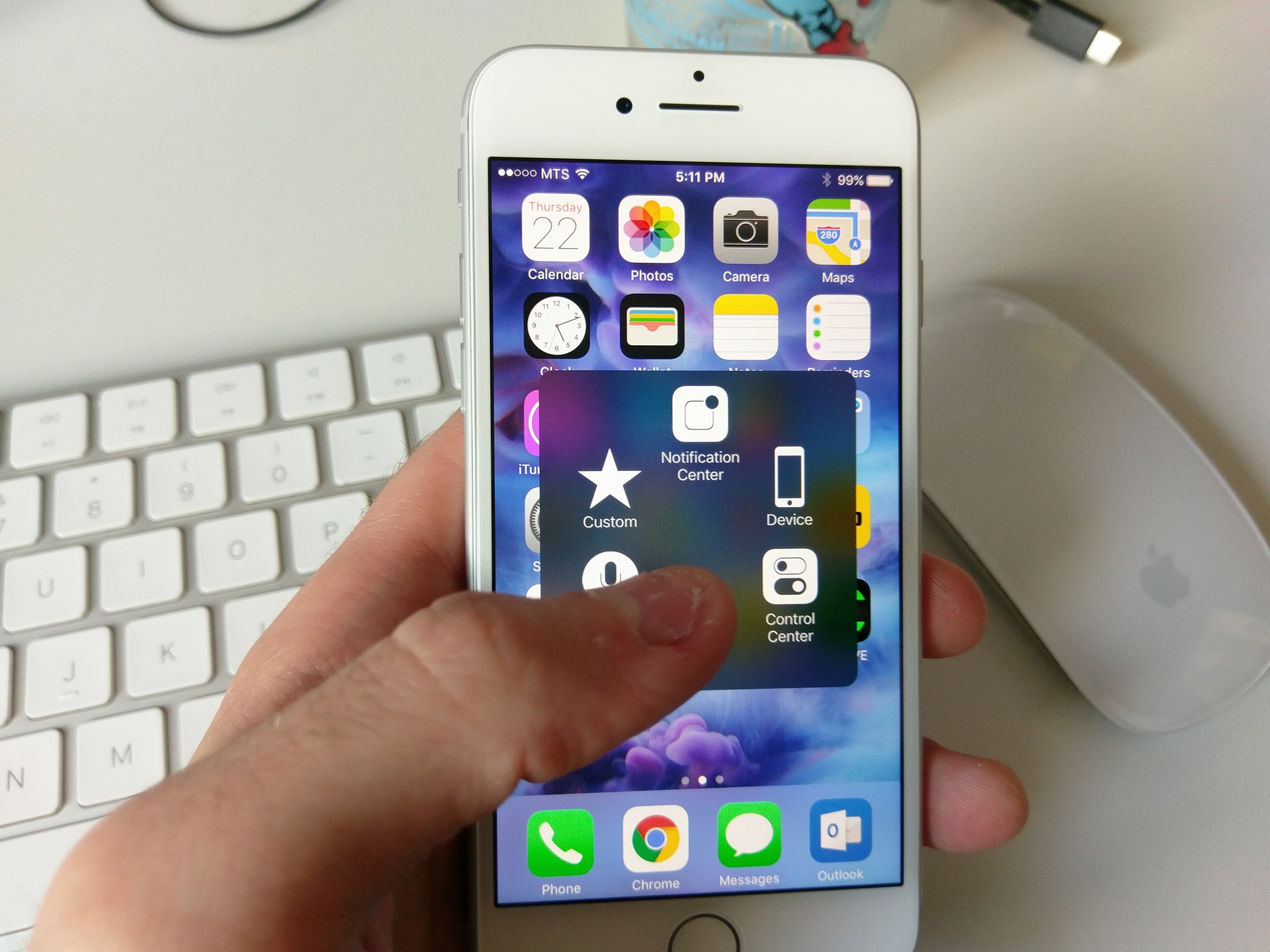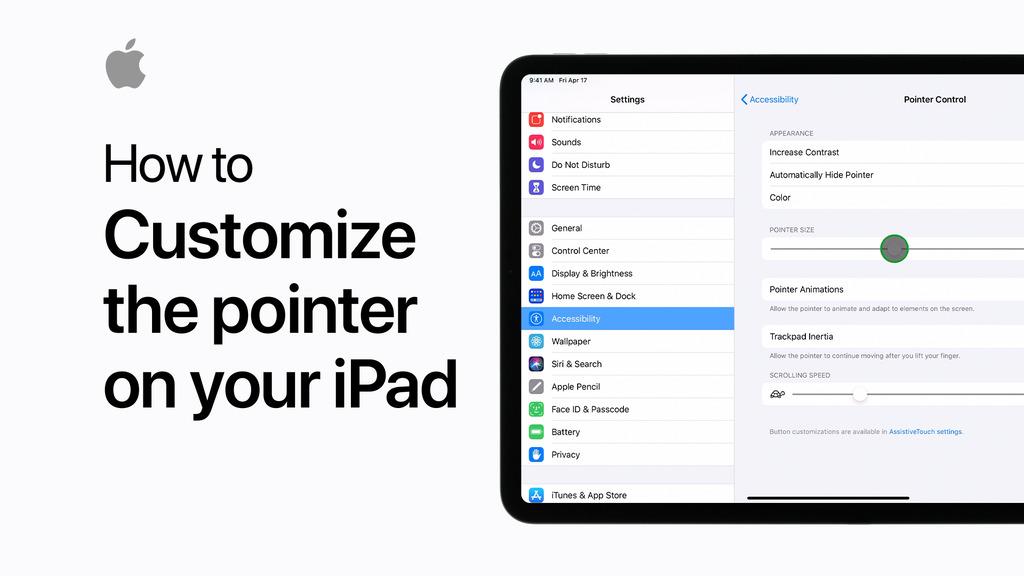Apple Celebrates Accessibility Awareness Month with New App Collections, Education Discount, and More

Apple today is kicking off their recognition of Accessibility Awareness Month 2020 by rolling out minor yet notable accessibility-focused updates across its various properties—App Store editorial, Apple Support, and more. More content will be added throughout the remainder of May, the company confirmed to me.
Apple, as usual, has a curated collection of apps geared towards accessibility that span various developmental domains, as well as apps that integrate well with system features like VoiceOver. Starting today, users will see updated accessibility app collections in the App Store on iOS and macOS. These include communication and language, literacy, and creativity. New apps in the collection include the speech therapy Speech Blurb, phone call transcription tool Rogervoice, and language learner The ASL App. This collection appears in the Today tab.
The richness of Apple's vast third-party developer ecosystem is notably on display in these collections. These apps, amongst countless others, cater to a variety of needs that are easily met due to the popularity of devices like the iPhone and iPad and the robustness of the software they run in iOS and iPadOS, respectively.
On the developer side of the fence, it's worth noting Apple provides an expansive set of accessibility APIs that developers can hook into their own apps. Two of the most popular and well-known ones are VoiceOver and Dynamic Type. Furthermore, there's an Accessibility Inspector built into Xcode where developers can test and audit an app's accessibility during the development process.

Also launching today is an update to Apple's remote learning resources that are relevant to special education. There is a new how-to video, aimed at educators and parents of students with physical-motor delays, in which the company demonstrates how to use the iOS feature, AssistiveTouch. The video appears on the Apple Support accounts on Twitter and YouTube.
Below is a summary of additional content to come later in the month, as well as some noteworthy services made available recently.
Disability Schools Education Pricing. In line with the longstanding policy in which educators and students at K-12 and college institutions get discount pricing on Apple products, the company is extending the same deal to faculty, support staff, and homeschoolers who are working with students receiving special education services. These include state-run schools for the blind and deaf, as well as members of the Council of Schools & Services for the Blind. It should be emphasized this is not a new universal discount for buyers with disabilities, a topic that has made some headlines of late. It's still fundamentally aimed at education.
Master your iPhone in minutes
iMore offers spot-on advice and guidance from our team of experts, with decades of Apple device experience to lean on. Learn more with iMore!
Remote Learning Resources. As mentioned at the outset, Apple has been providing comprehensive resources for educators and parents who are homeschooling in the wake of the COVID-19 pandemic. Specific to accessibility, Apple is offering resources for students with disabilities. Apple is offering one-on-one virtual coaching meetups with Apple Professional Learning specialists, where parents and educators can ask questions about how to use features, apps, and learn best practices for using their Apple device in educational contexts. There's also a Learn and Study From Home App Store collection featuring apps geared towards productivity in a work-from-home environment. There are videos covering this as well. Lastly, there is a cornucopia of information for the company's Everyone Can Code and Everyone Can Create initiatives. This curricula, as with everything that comes out of Apple Park, is accessible to all types of learners of all abilities.
More Accessible Customer Support. Apple has long had dedicated accessibility feedback tools that allow customers to call and/or email with questions and comments on products, software, and services. The company is expanding upon that tool by adding dedicated accessibility support to its AppleCare team. These workers will handle accessibility-related questions and technical support. Customers can call 24 hours a day, 7 days a week, and it supports English and Mandarin. In addition to a phone call, customers can chat online through the Apple Support app on iOS. Also available is a Accessibility Support website where users can learn how to use various accessibility features across Apple's software platforms. Finally, there are several how to-videos, many focusing on accessibility, that the Apple Support team creates for their aforementioned Twitter and YouTube accounts. There's even a playlist for accessibility tips and tricks on YouTube.
Apple TV Accessibility. One of the slept-on aspects of Apple TV, especially in context of the TV+ streaming service, is how accessible it is. Apple puts as much effort into ensuring that not only the underlying tvOS software is accessible but the actual content is too. An example is audio descriptions (AD) and closed captioning (CC). Everything on TV+ supports captioning in more than 40 languages, with audio descriptions available in 9 and in Dolby Atmos for the highest audio fidelity.
In celebrating Accessibility Awareness Month on Apple TV, Apple will be showcasing television shows and films featuring actors with disabilities. Some of the names include Zach Gottsagen from the movie Peanut Butter Falcon, Lolo Spencer from Give Me Liberty, and Steve Way from the TV show Ramy.
Steven is a freelance tech writer who specializes in iOS Accessibility. He also writes at Steven's Blog and co-hosts the @accessibleshow podcast. Lover of sports.

